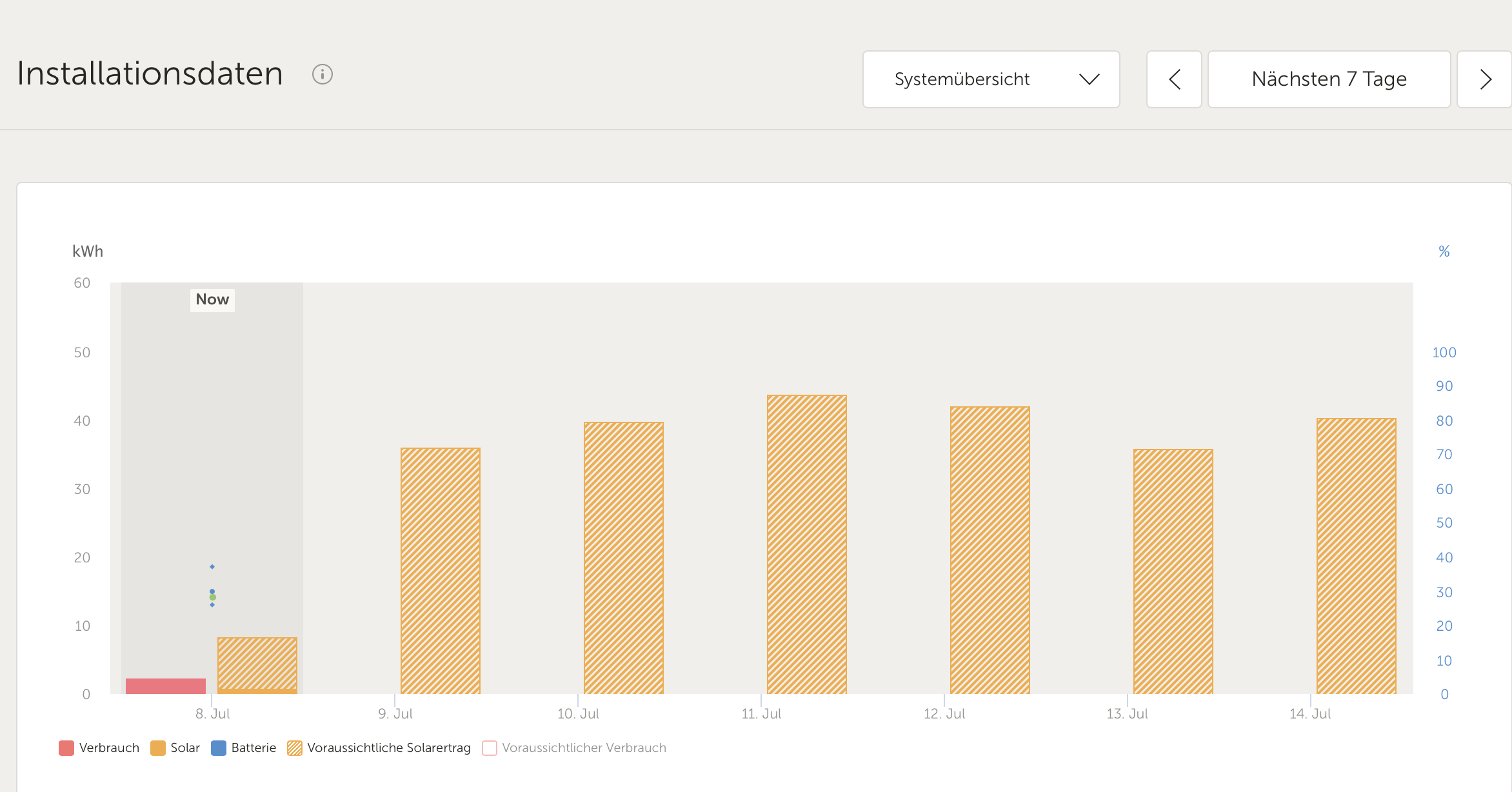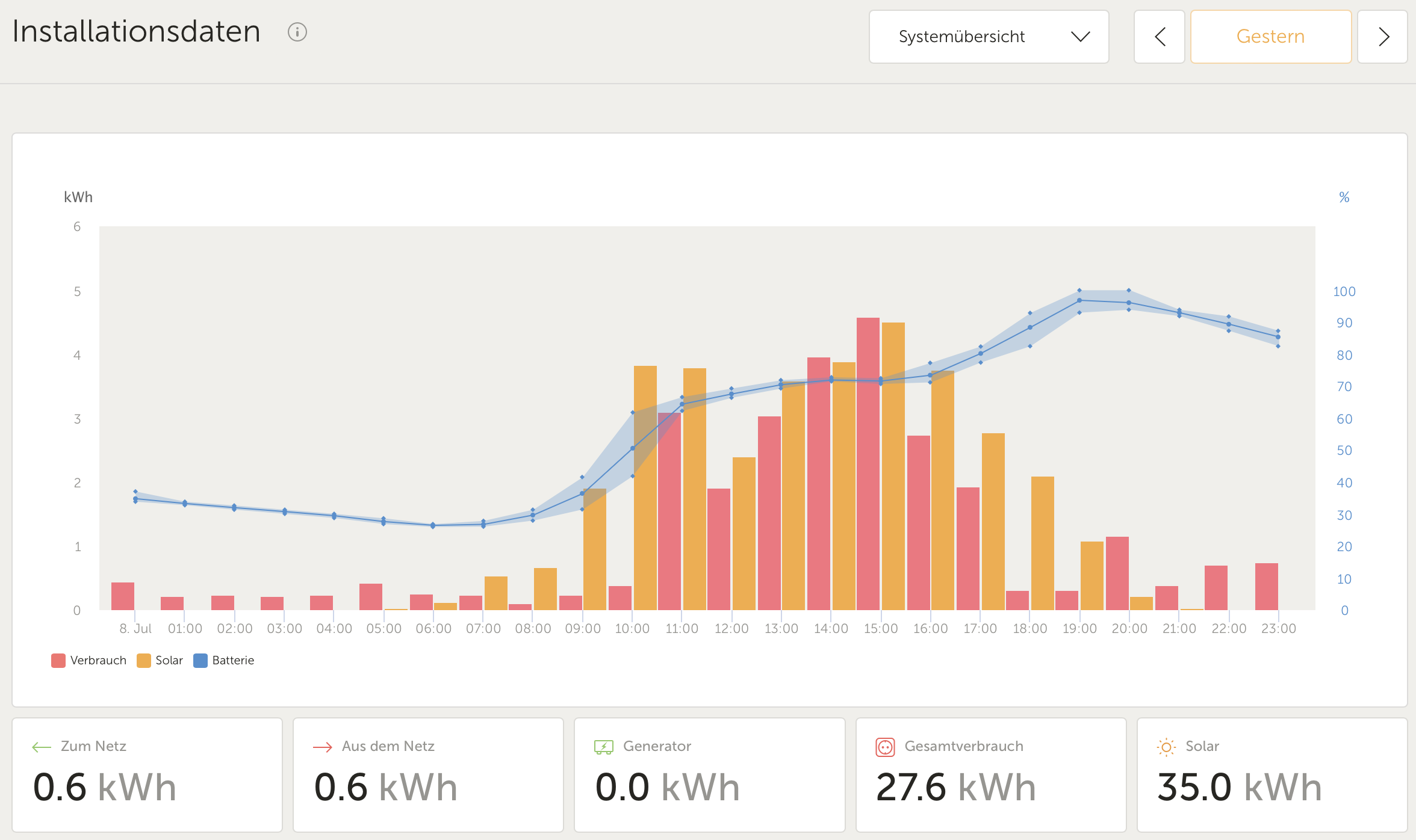Hi there Victron staff!
I would like to bring a slight issue regarding pv production forecast on VRM to your attention.
As part of my morning routine ;-) I do a short VRM check and during the last weeks on about 50% of days the pv production forecast (FC) is initially way too low. Some time later (some days 10-15 min, other days 1-2 hours) the FC changes significantly, mostly it improves.
Below you find 4 scrrenshots of today. At 06:12 the FC was 25,2 kWh while at 06:41 it was 34,7 kWh. The interesting thing is, that the irradiance forecast remained basically unchanged between both points in time and thus does imho not support a change of yield by more than 37%.
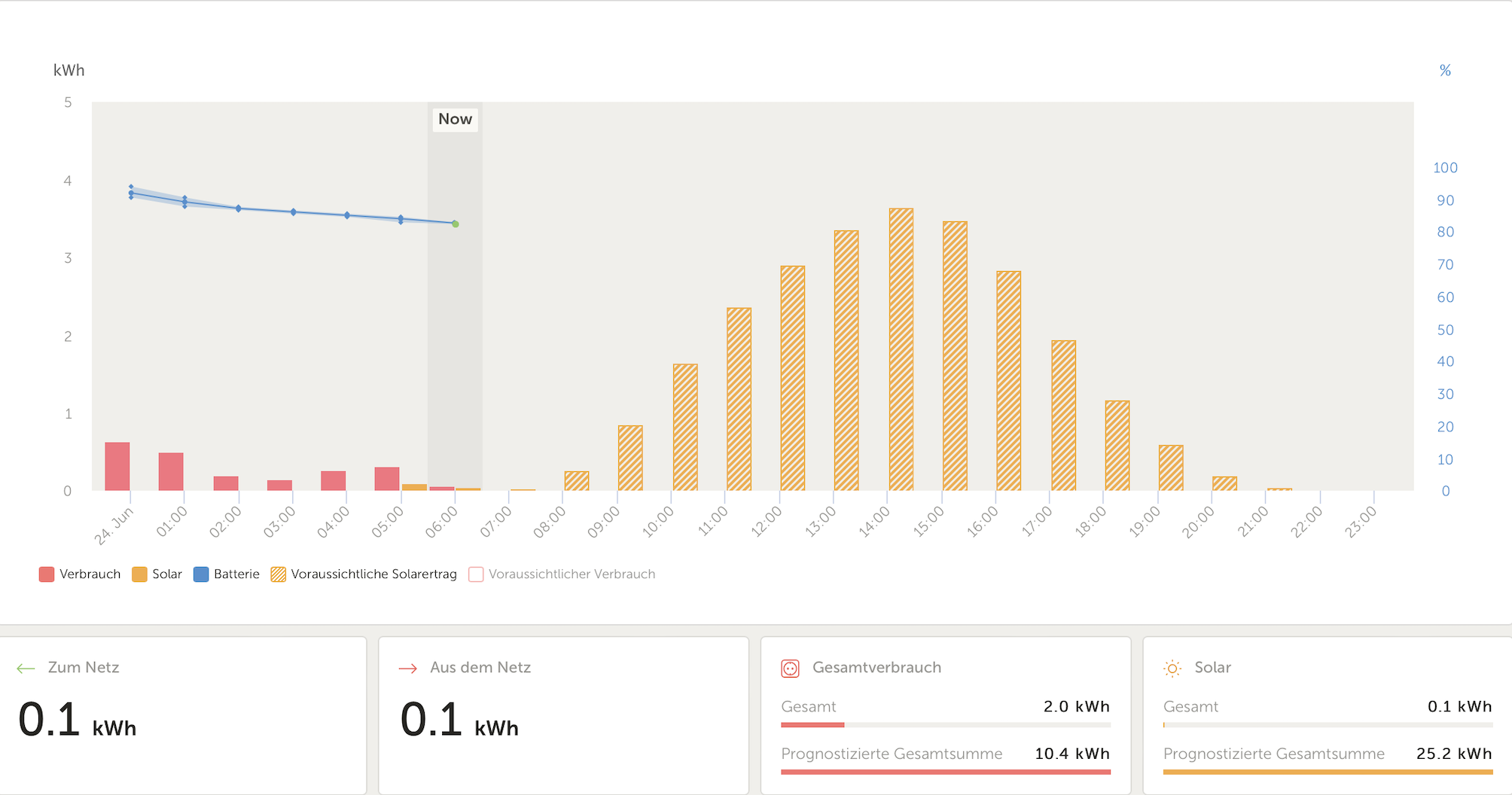
PV FC at 06:12
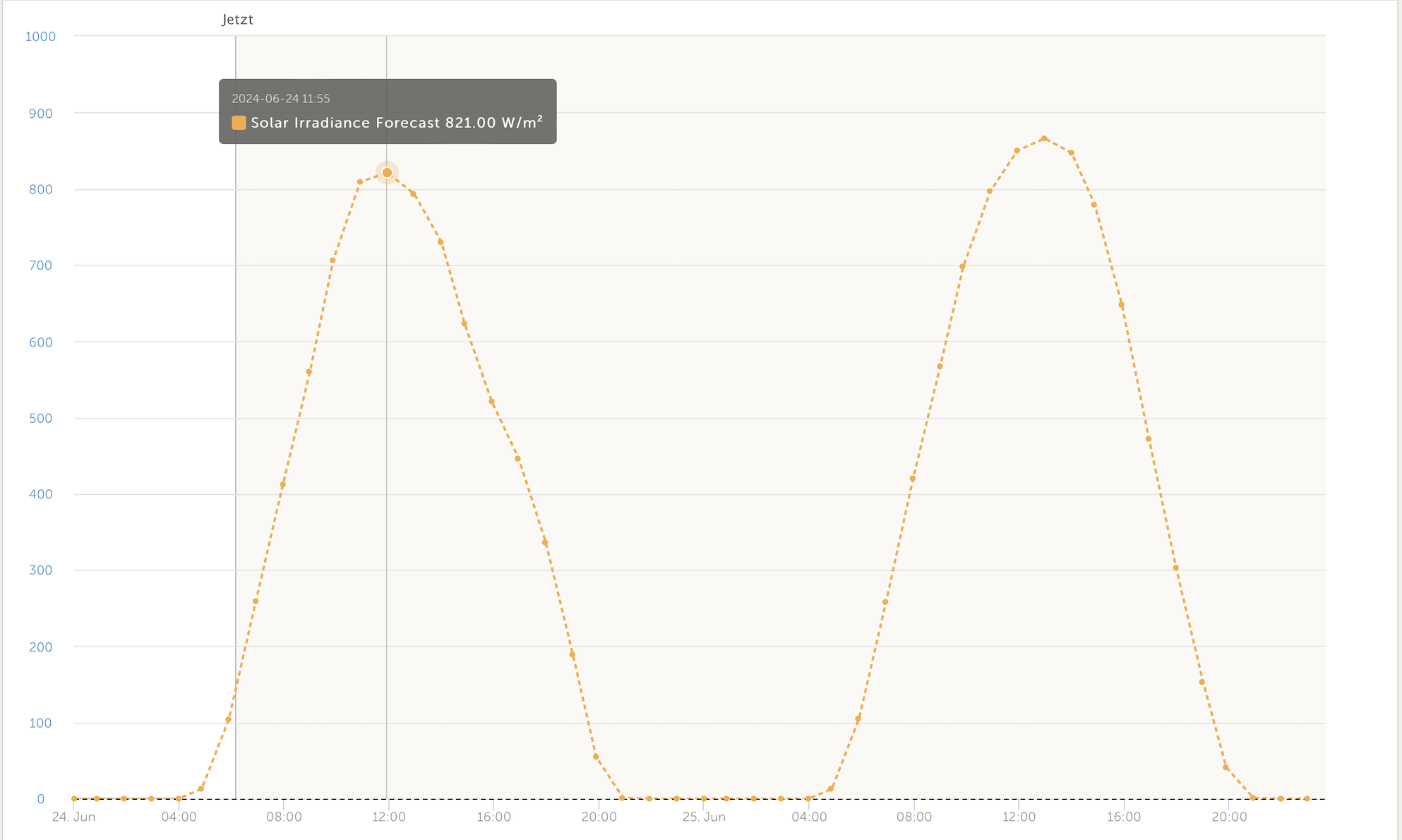
Irradiance FC at 06:12
 PV FC at 06:41
PV FC at 06:41
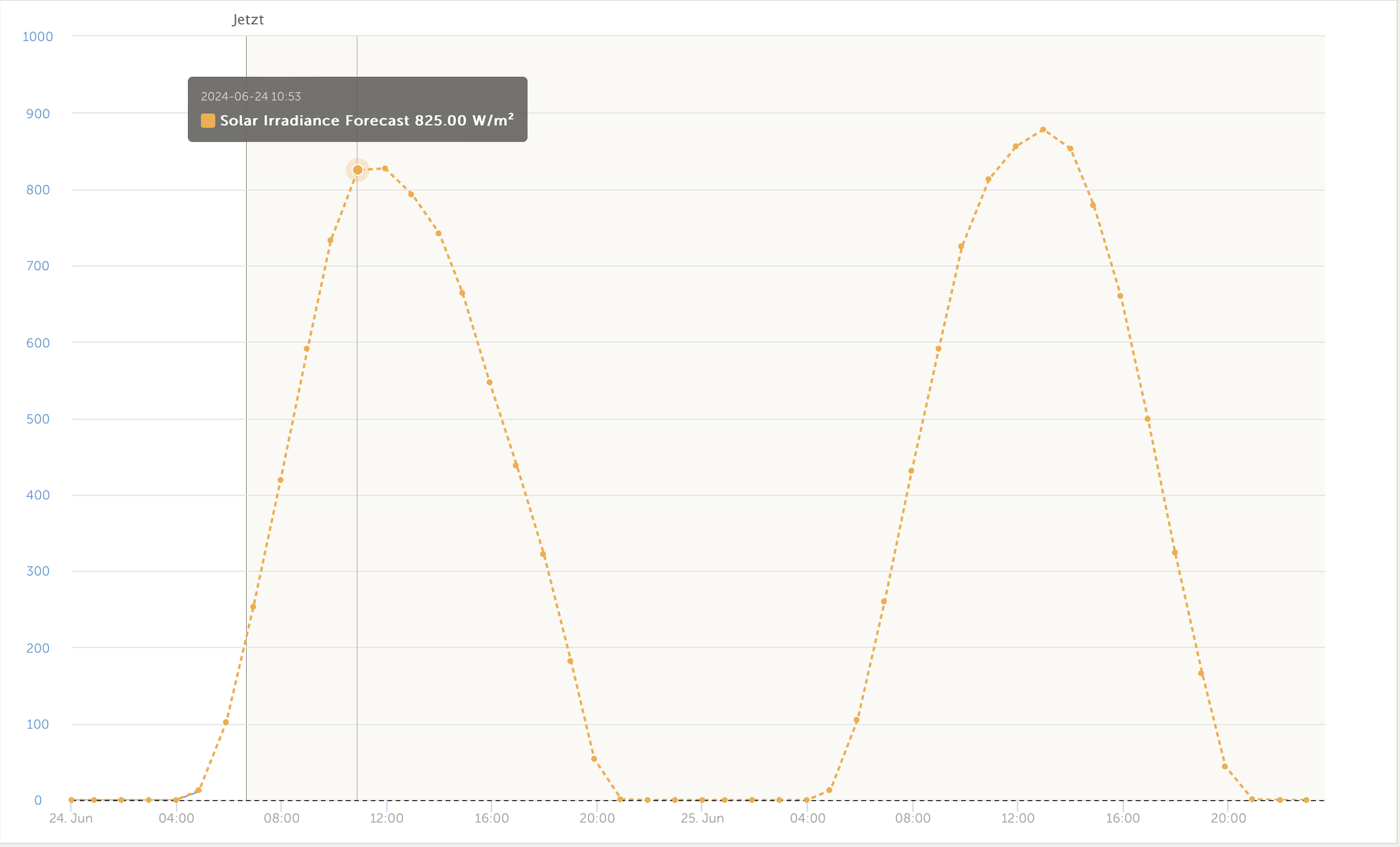
Irradiance FC at 06:41
As I use the FC for several important operations in NodeRed it is especially messy if the FC is way too conservative during the morning hours and too much energy is kept in the house battery only to find lateron that pv excess has to be fed to the grid.
As mentioned this behaviour is reproducable and sometimes it affects other installations in the direct proximity (1 road to the north, 3 roads to the south, urban environment) as well, but sometimes it does not!
Today only my installation is affected, the others look ok (1 road to the north: similar kWp installed 37,8 kWh forecasted constantly!).
Are you aware of this issue and do you have any ideas what causes it and how to avoid it?
Best regards, Jochen


